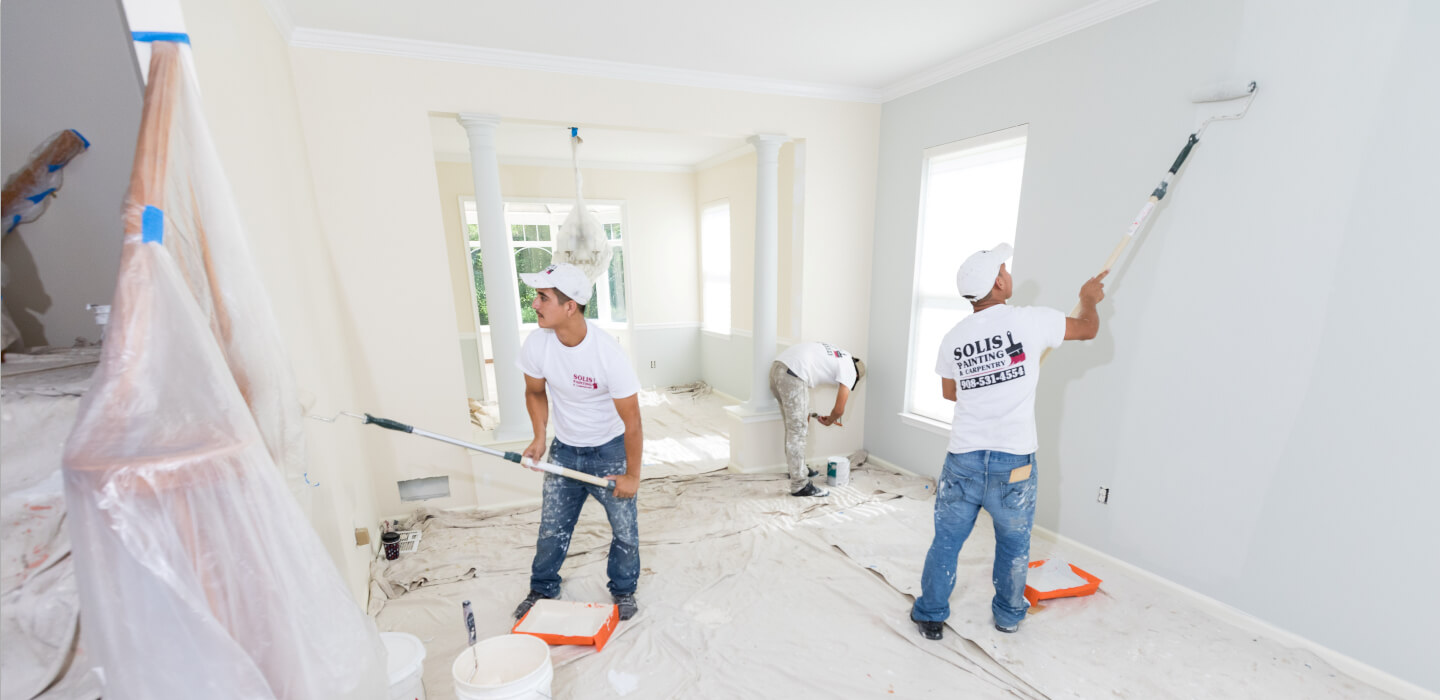Detailed Planning and Scheduling
One of the most critical steps in minimizing disruption is creating a comprehensive plan before the project begins. Professional painters assess the scope of the work, identify potential challenges, and design a schedule that aligns with the client’s needs. For businesses managing painting and facility maintenance, this often involves coordinating work during off-peak hours, weekends, or holiday breaks to avoid interfering with operations.
Residential projects require similar attention to scheduling, as families may need to access certain areas of the home during the painting process. By developing a clear timeline and setting realistic expectations, painters ensure that clients can maintain their routines with minimal inconvenience.
Clear Communication with Clients
Professional painters prioritize clear and consistent communication with their clients to establish trust and address concerns. Before the project begins, they discuss the timeline, specific tasks, and any areas that may require temporary access restrictions. This transparency helps clients plan around the project, ensuring that everyone is on the same page.
For businesses relying on residential painting or industrial services, communication extends to employees and tenants, informing them about the project’s schedule and potential impact. Clear signage, notices, and updates reduce confusion and help everyone involved feel prepared.
Efficient Workspace Preparation
A significant part of minimizing disruption lies in proper preparation of the workspace. Professional painters take steps to organize their tools, materials, and equipment to avoid clutter and ensure efficient movement. They also protect floors, furniture, and fixtures with drop cloths, plastic sheeting, or specialized coverings to keep the environment clean and functional.
For projects involving epoxy floor coatings, workspace preparation is especially important to ensure smooth application and curing. Painters isolate areas to be coated and create designated zones for equipment, reducing interference with the surrounding environment.
Working in Phases
For larger projects, professional painters often divide the work into phases, tackling one area at a time. This phased approach allows clients to continue using portions of their property while the painting progresses. For example, in commercial spaces, painters might focus on one office wing or floor at a time, leaving other areas accessible for employees and visitors.
Similarly, in residential painting projects, painters may prioritize common areas first and work on private spaces later, allowing families to maintain access to essential rooms. This methodical approach minimizes disruptions and keeps the project organized.
Using Fast-Drying and Low-Odor Materials
To reduce downtime and inconvenience, professional painters often use fast-drying paints and low-odor products. These materials allow spaces to be reoccupied more quickly after painting is complete, eliminating long waiting periods. Low-VOC and eco-friendly paints are particularly beneficial for indoor projects, as they improve air quality and reduce discomfort for occupants.
In painting and facility maintenance projects, such materials are essential for maintaining a productive and safe environment, especially in healthcare facilities, schools, or offices. The reduced odor and faster drying times ensure minimal interference with daily operations.
Safety Measures to Protect Occupants
Ensuring the safety of clients, employees, and tenants is a top priority during painting projects. Professional painters implement strict safety protocols, such as securing ladders, using non-slip coverings, and isolating hazardous areas. These measures prevent accidents and allow clients to navigate their property with confidence.
For projects involving epoxy floor coatings, painters take additional precautions to manage fumes, ensure proper ventilation, and protect adjacent surfaces. This attention to detail safeguards the well-being of everyone involved and ensures compliance with safety standards.
Flexibility and Adaptability
Professional painters understand that unexpected situations can arise during a project. They remain flexible and adapt their approach to address changes or challenges without delaying progress. For instance, if an area needs to remain accessible for longer than anticipated, painters can adjust their schedule or prioritize other tasks.
In painting and facility maintenance projects, this adaptability is particularly valuable for businesses that need to maintain operations while undergoing updates. Professional painters work closely with clients to find solutions that meet their needs without compromising the quality of the work.
Minimizing Noise and Disturbance
Painting projects can involve noise from equipment, movement, and communication among workers. Professional painters strive to minimize these disturbances by using quieter tools, maintaining a clean workspace, and conducting meetings or discussions in designated areas away from clients or employees.
This consideration is especially important in environments like schools, offices, or healthcare facilities, where noise can disrupt learning, productivity, or patient care. By managing noise levels, painters create a more comfortable experience for everyone involved.
Post-Project Cleanup and Restoration
Once the painting is complete, professional painters focus on restoring the workspace to its original condition. This includes removing protective coverings, cleaning up debris, and ensuring that all tools and materials are stored properly. For businesses or homeowners, this means a seamless transition back to normal routines without the burden of extensive cleanup.
For projects involving residential painting, this attention to detail leaves the property looking pristine and ready for use. In commercial settings, efficient cleanup ensures that operations can resume immediately, minimizing downtime.









